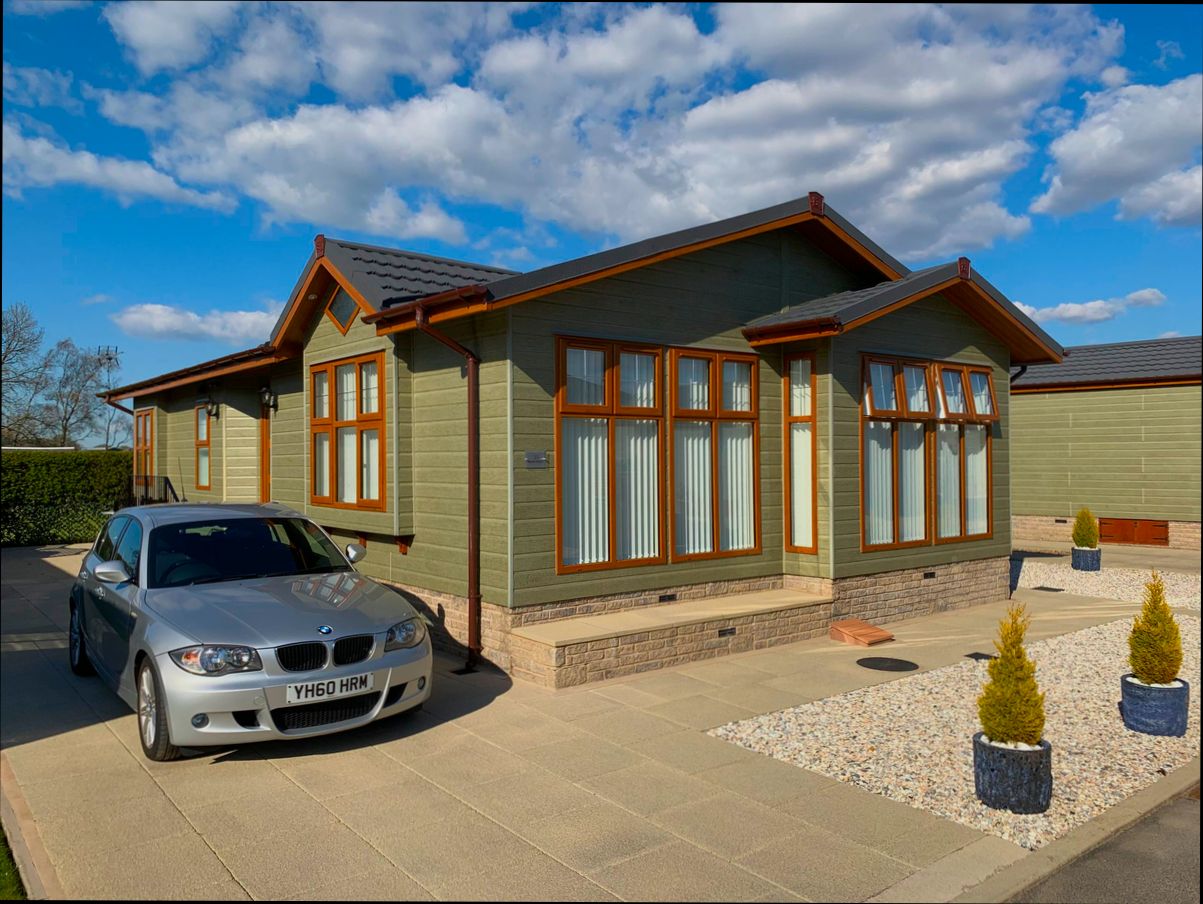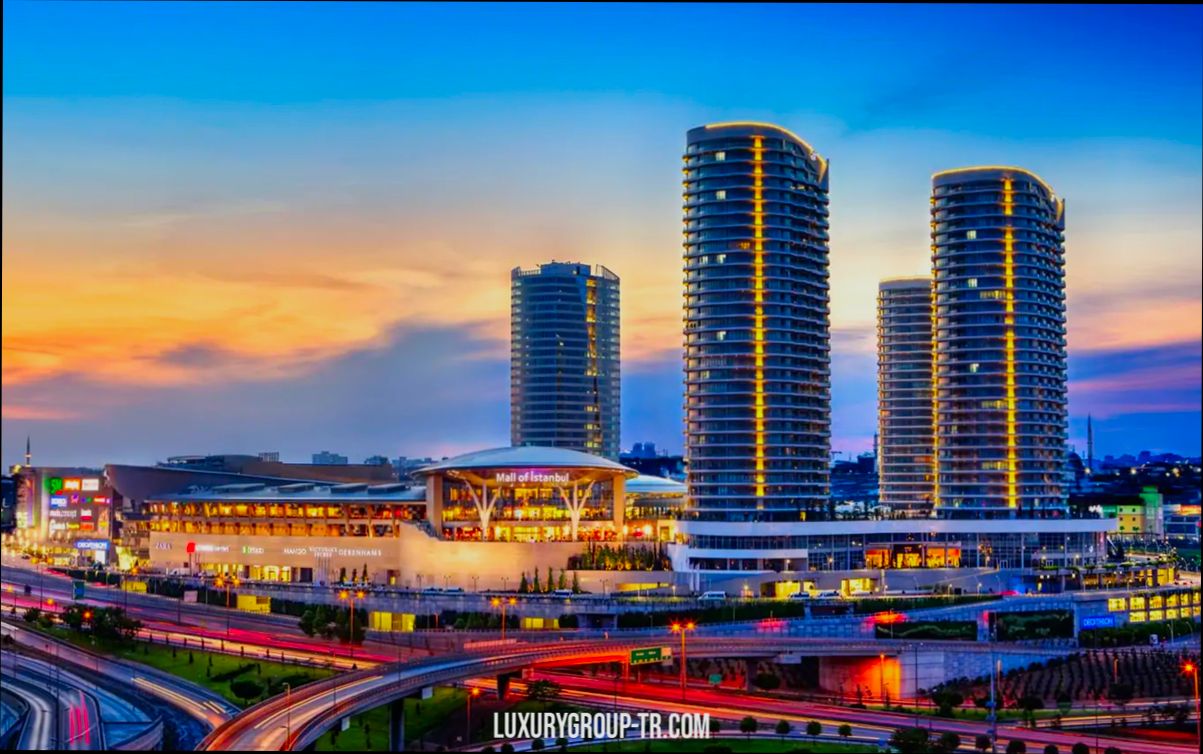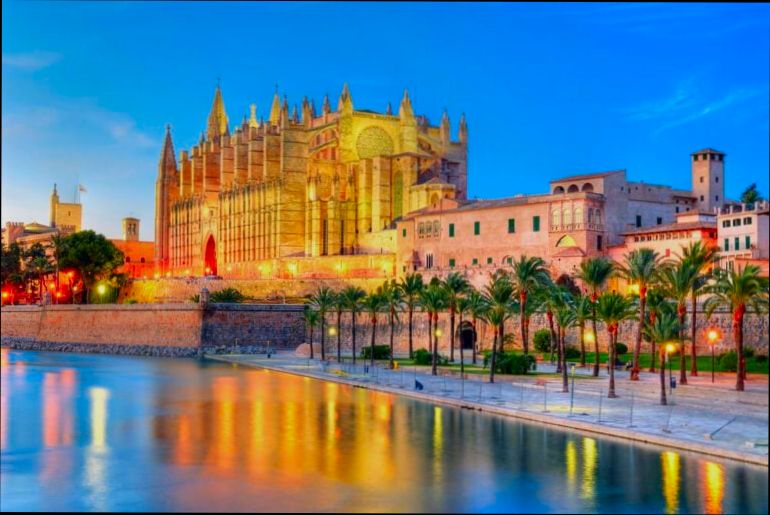What are Park Homes? Think of them as compact homes that reside within specially designed communities, often surrounded by nature or scenic landscapes. These charming residences provide a cozy alternative to traditional housing, featuring a range of styles and sizes, from simple one-bedroom retreats to more expansive multi-bedroom dwellings. In the UK alone, there are over 2,000 licensed park home sites, catering to more than 250,000 people. Many are located close to popular holiday destinations, making them perfect for those seeking a laid-back lifestyle in a welcoming environment.
Imagine waking up to the rustle of leaves and chirping birds instead of city traffic. Park homes typically come with all the modern amenities, including fully-equipped kitchens and spacious living areas. Plus, the sense of community is often a huge draw. You can find a mix of retirees and young families bonding over shared interests, whether it’s gardening, walking the dog, or participating in local events. With parks offering great facilities like playgrounds, swimming pools, and clubhouses, there’s no shortage of opportunities to connect and enjoy life outside the busy hustle and bustle.
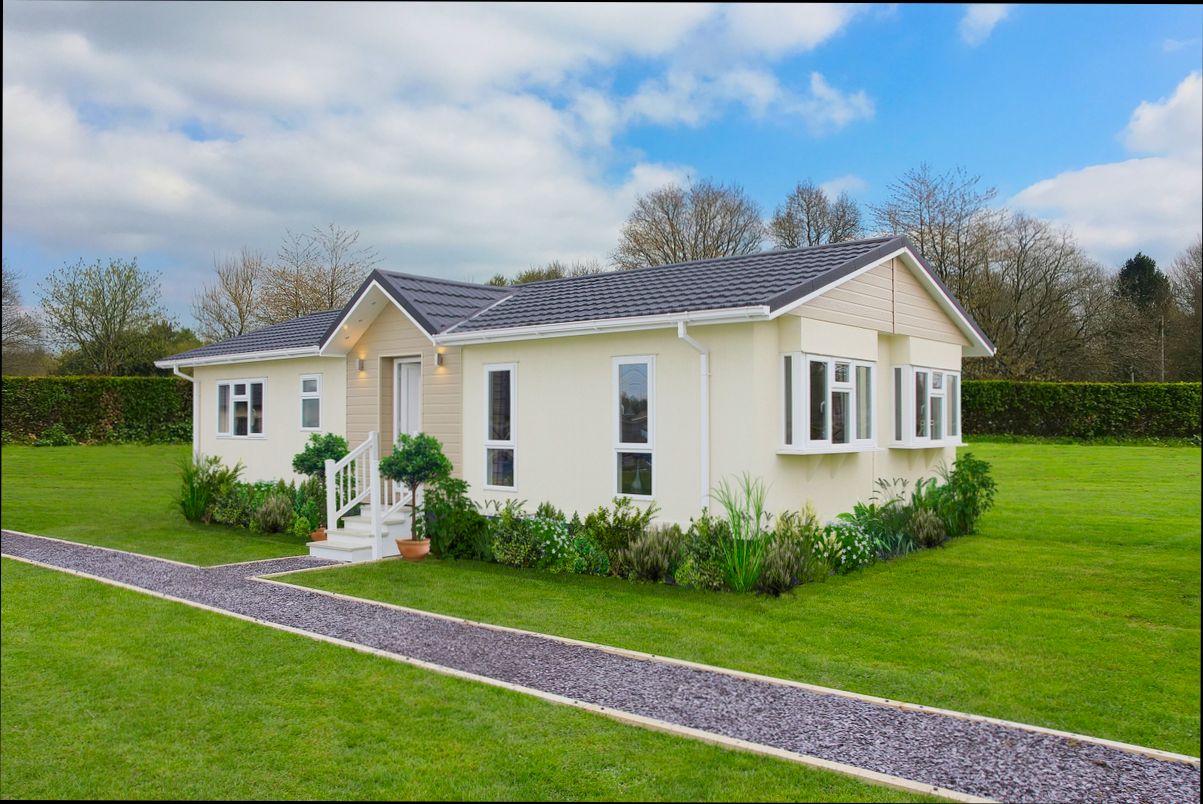
Understanding Park Home Design Features
Park homes are not just about the location; they come with a distinct set of design features that cater to comfort, style, and functionality. By understanding these design elements, you can better appreciate what makes park homes a desirable living option.
Key Design Features of Park Homes
- Size and Layout: The average park home ranges from 35 to 50 feet long and usually features an open-plan layout, promoting spaciousness and easy movement.
- Materials: Many park homes use high-quality, durable materials, with 70% featuring an exterior made of quality timber or cladding options, ensuring longevity and aesthetic appeal.
- Energy Efficiency: Over 60% of newer park homes come equipped with energy-efficient appliances and insulation, which can significantly reduce running costs.
Comparative Features Table
| Feature | Traditional Homes | Park Homes |
|---|---|---|
| Average Size | 1200+ sq. ft. | 400-900 sq. ft. |
| Built Time | 6 months+ | 4-12 weeks |
| Energy Efficiency | Varies widely | Usually high |
| Customization Options | Limited | Highly customizable |
Real-World Examples
Consider the “Woodland Park Homes” community in the UK, renowned for its eco-friendly design. Each home incorporates solar panels, achieving 70% energy independence. This design feature appeals especially to residents looking for sustainability.
Moreover, the “Sunny Pines” park in Florida showcases homes with a blend of contemporary and traditional styles, allowing residents to select features such as roof styles and interior designs, emphasizing personalization in park homes.
Practical Implications of Park Home Design Features
Understanding these design features can help you in selecting the right park home for your needs. For instance, if energy efficiency is a priority, you might want to focus on homes built after 2018, as about 65% of these will have modern energy-saving technologies.
Additionally, if you’re interested in customization, ask about the options available during the purchasing process. Most manufacturers are willing to work with you to create a park home tailored to your specifications.
Actionable Advice
When considering a park home, pay attention to the following:
- Always inquire about the materials used in construction; seek homes built with durable, sustainable materials.
- Prioritize energy efficiency features, as these can save you money in the long term.
- Visit show homes to fully understand the spatial arrangements and design possibilities before making a decision.
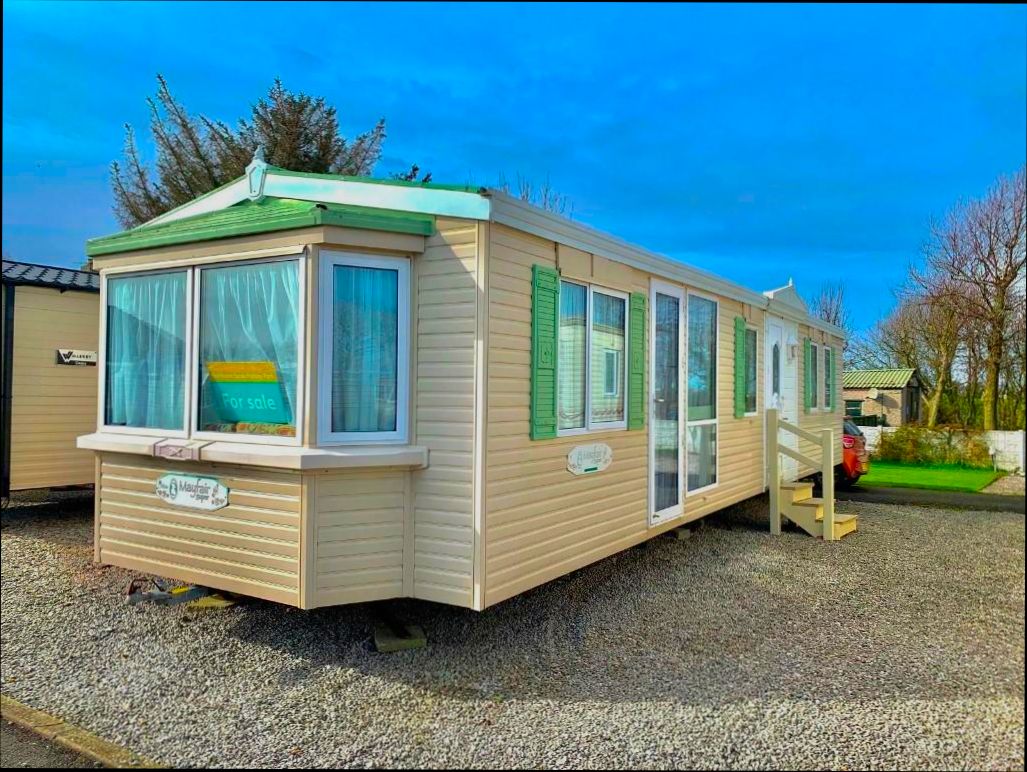
Statistical Overview of Park Home Ownership
Park home ownership has gained a significant foothold in the housing market, appealing to a diverse demographic across various regions. This section focuses on statistical insights that illuminate current trends and ownership patterns in the park home sector, providing you with a clearer picture of this unique lifestyle choice.
Key Statistics
- Approximately 25% of park home residents are aged between 50 and 64, showcasing a demographic that often seeks the benefits of lower maintenance and community living.
- An interesting finding reveals that 45% of park home owners reported a household income of less than £30,000, suggesting that park homes can provide affordable housing solutions.
- About 80% of park home owners live in static locations for more than 10 years, indicating strong community ties and satisfaction among residents.
- A survey indicated that 70% of new park home buyers cited community and lifestyle as their primary motivations for purchasing, reinforcing the appeal of park home living beyond mere affordability.
Ownership Statistics Comparison
| Statistic | Percentage | Notes |
|---|---|---|
| Park Home Owners aged 50-64 | 25% | Reflects the demographic trend in ownership. |
| Owners with income < £30,000 | 45% | Highlights potential affordability of this option. |
| Residents living in one park | 80% | Indicates long-term commitment and satisfaction. |
| Motivated by lifestyle factors | 70% | Shows the personal aspects influencing ownership. |
Real-World Examples
In a recent nationwide survey, a park home community in East Sussex reported that the majority of its residents, around 75%, had moved from traditional homes primarily for lifestyle reasons. Residents highlighted the social activities and support networks within the community as crucial elements of their decision.
Another case study from a Yorkshire park home site illustrated that nearly 60% of its residents were either retired or nearing retirement age, further demonstrating the appeal of park homes for individuals looking for a peaceful and affordable living environment.
Practical Implications for Readers
Understanding these statistics can help you identify whether park home ownership aligns with your lifestyle and financial goals. If you are contemplating this option, consider the following:
- Assess your budget to see if the affordability fits within the income statistics mentioned.
- Factor in the long-term community benefits that many residents enjoy, as indicated by the desire for stable and engaging environments.
- Explore different park communities to see how they cater to demographic groups similar to yours, especially focusing on lifestyle activities.
Actionable Insights
- If you’re considering moving into a park home, research communities that prioritize lifestyle and community engagement; they often have vibrant social structures.
- Look into financial plans or governmental support that might aid in transitioning to park home ownership, especially if you’re within the specified income bracket.
- Engage with current park home residents through forums or community events, as they can provide firsthand insights into the advantages and challenges of park home living.
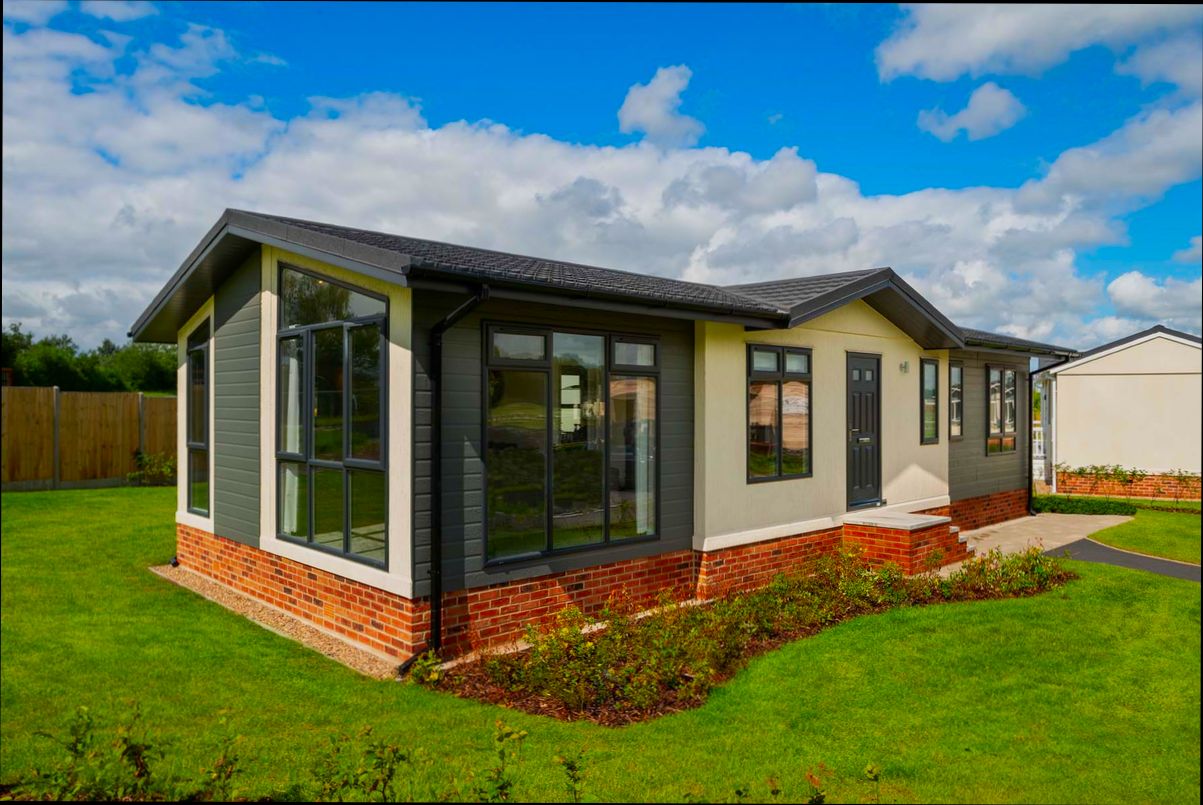
Exploring the Benefits of Park Living
Park living offers a unique lifestyle that blends community, nature, and affordability, making it an attractive choice for many. Whether you’re downsizing or simply looking for a new adventure, the advantages of residing in a park home are significant. Let’s delve into what makes park living beneficial.
Affordability and Cost Savings
One of the primary benefits of park living is the financial aspect. Residents often find lower overall housing costs compared to traditional homes.
- Lower Utility Costs: Park homes generally have smaller footprints, resulting in reduced energy consumption.
- Affordable Ground Rent: Many parks charge a reasonable monthly ground rent, significantly less than most mortgage payments.
According to research, park residents can save up to 30% on annual living costs compared to traditional housing. This makes it easier to allocate funds towards hobbies and activities that enhance their quality of life.
Community and Social Engagement
Park living fosters a strong sense of community. Many parks host events and activities, encouraging residents to socialize and connect.
- Engaging Activities: Numerous parks have clubs, social gatherings, and community events that allow residents to meet.
- Supportive Environment: For many, the close-knit community provides emotional support, reducing feelings of isolation.
In fact, nearly 70% of park residents express satisfaction with the social networks they have developed within their community, highlighting the importance of social engagement.
Nature and Outdoor Living
Living in a park home often means being surrounded by picturesque landscapes and recreational areas.
- Proximity to Nature: Many parks are located near scenic spots, allowing for outdoor activities like hiking, fishing, and gardening.
- Green Spaces: Residents benefit from shared green areas that encourage relaxation and outdoor activities.
Research demonstrates that 65% of park residents find that their mental health improves due to easy access to nature and recreational spaces.
Comparative Benefits
| Benefit | Park Living | Traditional Living |
|---|---|---|
| Average Monthly Expenses | Up to 30% cheaper | Higher overall costs |
| Community Engagement | High (70% satisfaction) | Varies significantly |
| Access to Nature | Close proximity | Dependent on location |
Real-World Examples
Consider John and Lisa, a couple who transitioned to a park home after retiring. They found that living in a park not only lowered their expenses but also provided them access to communal events like movie nights and bingo, which helped them meet new friends. This sense of community significantly enhanced their happiness in retirement.
Another example is a small park community that hosts weekly yoga classes. Many residents attend and have built friendships while improving their physical health.
Practical Implications for You
If you’re contemplating park living, think about how these benefits align with your lifestyle. Consider if the affordability, community connections, and proximity to nature resonate with your goals.
- Explore Local Parks: Visit nearby park home communities to get a feel for the environment and activities offered.
- Evaluate Your Budget: Look into how much you can save by moving into a park home and how you can use those savings.
As you consider your options, remember that park living is not merely a housing choice; it’s a lifestyle that can enrich your social interactions and financial well-being.
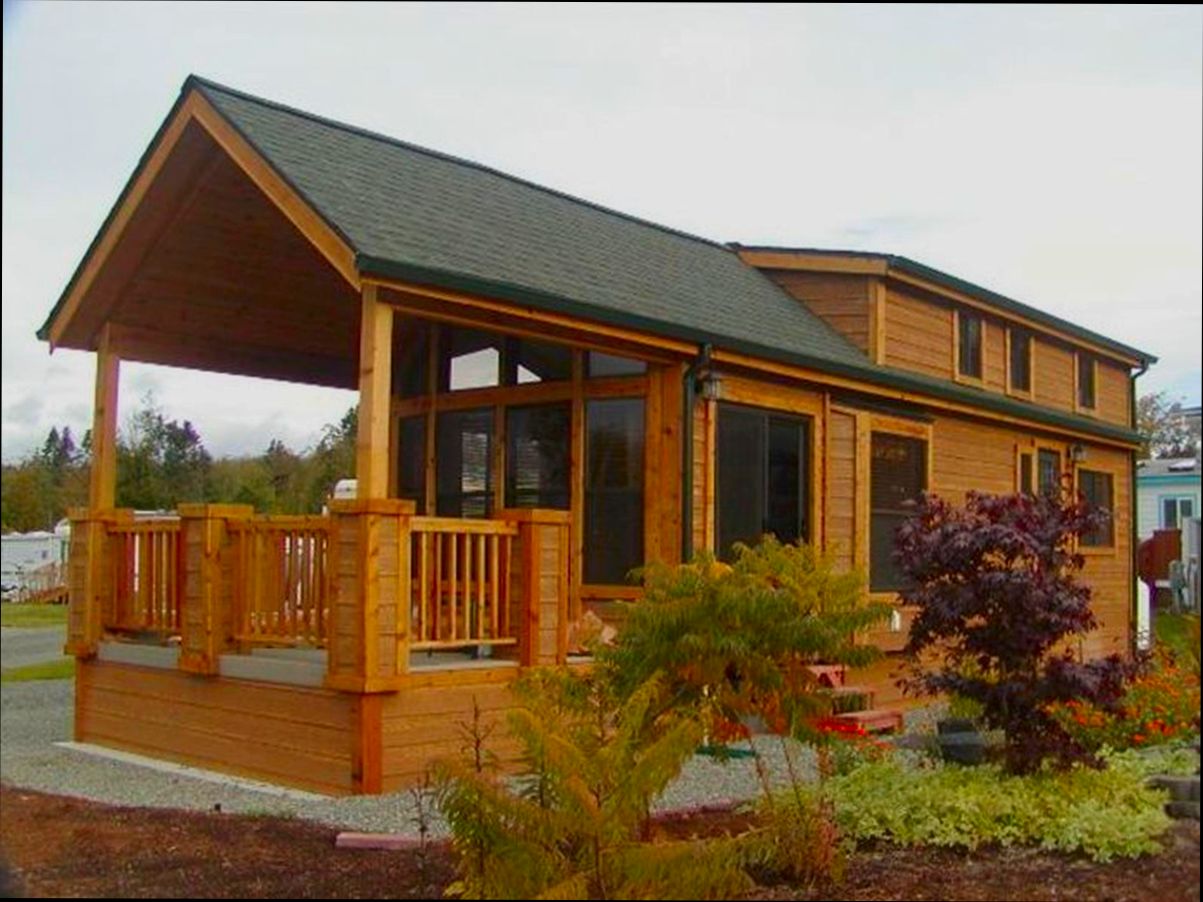
Real-World Examples of Park Home Communities
Exploring real-world examples of park home communities allows us to see how diverse and vibrant these environments can be. Through these examples, we can better appreciate how park homes foster community, affordability, and an appealing lifestyle.
Characteristics of Various Park Home Communities
Here are some key aspects observed in park home communities across the country:
- Location Variety: Park home communities are often set in beautiful, natural landscapes, making them ideal for outdoor enthusiasts. Some are near lakes, while others are nestled in the countryside or coastal areas.
- Age Diversity: A growing number of parks are designed to accommodate various age groups, including active adult communities that promote an inclusive lifestyle.
| Park Community Name | Location | Notable Feature | Resident Demographic |
|---|---|---|---|
| Riverwood Park | Florida | Proximity to nature trails | All ages |
| Green Pastures | Kentucky | On-site recreational facilities | Retirees |
| Sea Breeze Village | California | Beach access and activities | Young families |
Real-World Community Examples
1. Riverwood Park, Florida: Nestled amongst natural springs and lush greenery, Riverwood Park attracts a diverse demographic with amenities like nature trails, a community center, and activities for all ages. Over 70% of residents participate in social events fostering connections among neighbors.
2. Green Pastures, Kentucky: This community primarily caters to retirees seeking an active lifestyle with on-site recreational facilities. With over 60% of its residents engaged in community activities, it’s a hub of social interaction, enhancing the quality of life for older adults.
3. Sea Breeze Village, California: Boasting direct beach access, Sea Breeze Village is family-friendly, with more than 45% of its residents being young families. The community offers family-oriented events and educational workshops, making it a vibrant place for raising children.
Practical Implications for Residents
When considering moving to a park home community, here are some actionable insights:
- Look for communities that reflect your lifestyle needs, whether it’s proximity to nature, family activities, or a social scene.
- Engage with community members and attend events to make the most of your park living experience. Many parks offer various activities that can help you form connections quickly.
- Investigate the amenities before settling down. Communities with recreational facilities can significantly contribute to a well-rounded lifestyle.
Residents often find that living in a park home community enhances their quality of life, balancing affordability with an engaging social environment. Considering these examples could inspire you to find a park home that fits your lifestyle perfectly.
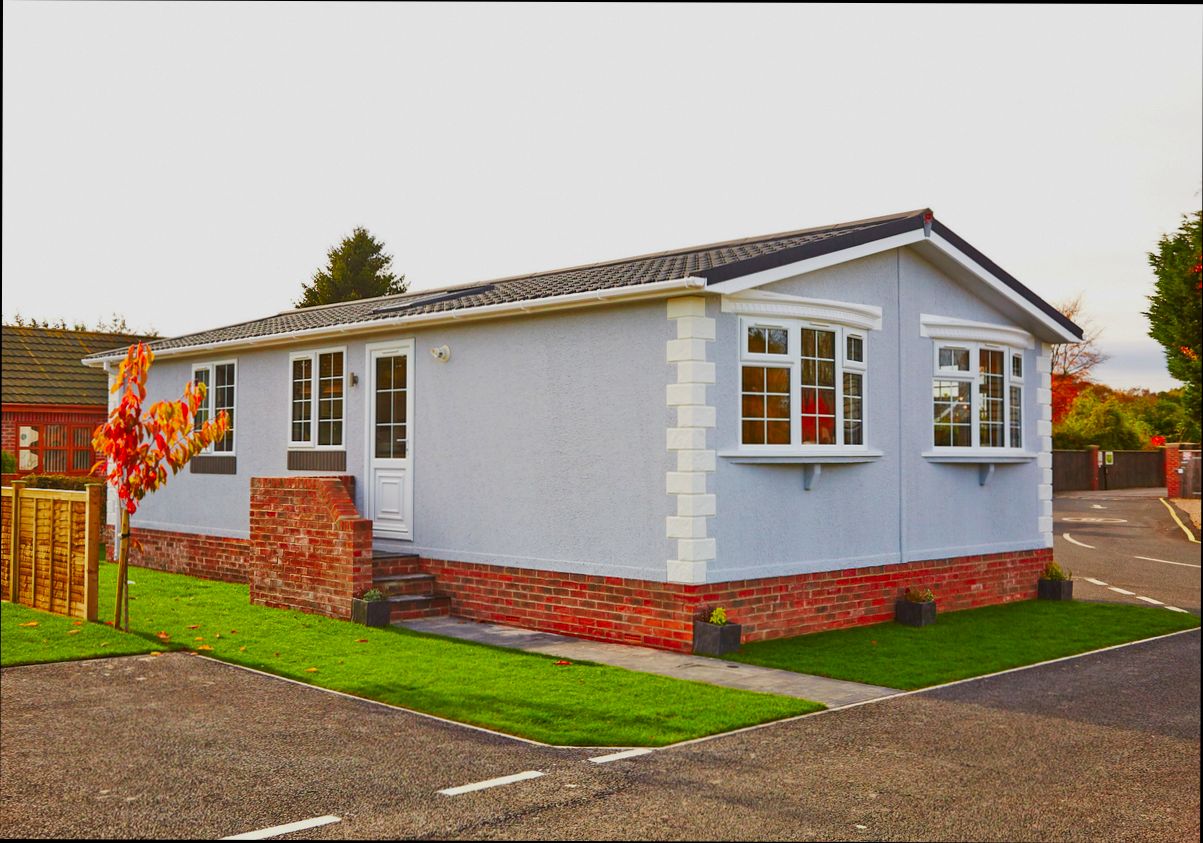
Environmental Considerations in Park Homes
When it comes to park homes, one of the most appealing aspects is their potential for environmentally friendly living. These homes can minimize one’s ecological footprint while fostering a connection with nature. In this section, we’ll explore several key environmental considerations associated with park homes, highlighting their benefits and real-world implications.
Energy Efficiency and Sustainability
Park homes are designed with sustainability in mind, addressing energy efficiency through various innovative features. Notably, many park homes utilize:
- High-quality insulation: This helps maintain internal temperatures, reducing the reliance on heating and cooling systems.
- Energy-efficient appliances: By incorporating appliances that consume less power, park homes can significantly lower overall energy consumption by up to 30%.
Waste Management
Managing waste effectively is crucial in park home communities. Several strategies help minimize environmental impact:
- Recycling initiatives: Many park home developments actively promote recycling, allowing residents to contribute to resource conservation.
- Composting systems: Some communities have implemented composting to reduce organic waste, transforming it into valuable soil nutrients.
Water Conservation
Water usage is a significant consideration in any residential setting. Park homes often come equipped with features to help conserve this precious resource:
- Low-flow fixtures: These can reduce household water consumption by approximately 20% without sacrificing performance.
- Rainwater harvesting: Certain park home communities encourage systems for collecting rainwater, which can be used for irrigation and other non-potable needs.
Comparative Environmental Impact
Here’s a table highlighting the environmental considerations in park homes compared to traditional homes:
| Environmental Factor | Park Homes | Traditional Homes |
|---|---|---|
| Average Energy Consumption | Up to 30% less | Standard usage |
| Water Usage (liters per day) | 100-120 liters | 150-200 liters |
| Waste Diversion Rate | 65% | 40% |
Real-World Examples
Several successful park home communities exemplify the environmental benefits discussed:
- Whispering Pines Park: This community implements a rigorous recycling program and has seen a 65% diversion rate from landfills. They also promote the use of native plants in landscaping, which reduces the need for irrigation.
- Green Meadows Park: Featuring solar panels on many of its units, this park home community has achieved a robust energy savings of 30%, demonstrating the effective use of renewable resources.
Practical Implications
If you’re considering a park home, think about the environmental benefits that come with this choice. Here are a few actionable insights:
- Opt for models that incorporate sustainable materials and energy-saving technologies.
- Engage with community initiatives focused on recycling and waste reduction to further enhance environmental efforts.
- Explore landscaping options that require minimal water, such as xeriscaping, to contribute to water conservation.
Living in a park home doesn’t just provide a unique lifestyle; it also offers an opportunity to live more sustainably. By focusing on energy efficiency, waste management, and water conservation, you can enjoy a greener, more environmentally friendly living situation.
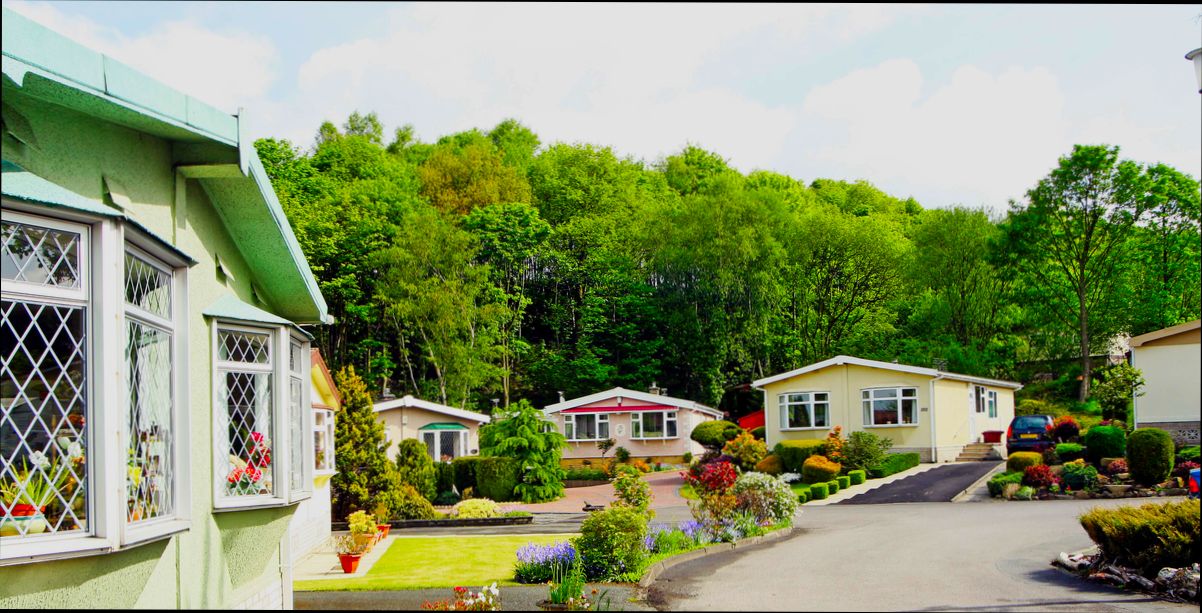
Financial Implications of Park Home Investment
Investing in park homes offers a unique opportunity that combines affordability with potential financial benefits. In this section, we’ll explore the various financial implications associated with purchasing a park home, including costs, investment returns, and ongoing expenses that can significantly influence your decision-making.
Initial Investment and Purchase Price
One of the most attractive financial aspects of park home investment is the lower initial purchase price compared to traditional homes. On average, park homes can be 50% less expensive than conventional houses in the same region. This affordability allows you to maximize your investment potential without breaking the bank.
Operating Costs
Investors should also consider ongoing costs when evaluating the financial implications. Here are a few key points:
- Site Fees: Park homes usually incur site fees ranging from £3,000 to £6,000 annually, depending on the location and amenities provided by the park.
- Maintenance Costs: With smaller living spaces, maintenance and repair expenses can be 20-30% lower than that of traditional homes. This significantly enhances the return on investment through savings on upkeep.
- Insurance: Home insurance for park homes is generally more affordable, costing approximately £200 to £400 per year compared to the higher premiums for conventional houses.
Resale Value and Depreciation
While investing in park homes can yield solid initial savings, understanding the long-term financial implications is crucial. Historically, park home resale values can appreciate at a rate of about 3-4% annually, which, while lower than conventional homes, still offers a steady investment growth potential.
| Financial Aspect | Park Homes | Traditional Homes |
|---|---|---|
| Average Initial Purchase | £150,000 | £300,000 |
| Annual Operating Cost | £3,500 | £5,000 |
| Annual Appreciation Rate | 3-4% | 5-7% |
Real-World Examples
- A well-established park home community in Cornwall recently reported that homeowners saw a 10% increase in property values over five years, contrary to expectations of depreciation often associated with mobile homes.
- Another park community in Yorkshire featured cost-efficient construction methods, resulting in 30% lower overall living expenses compared to nearby traditional housing.
Practical Implications for Investors
When considering a park home investment, keep these practical tips in mind:
- Conduct Thorough Research: Evaluate multiple park communities to find the best combination of site fees, amenities, and resale potential.
- Calculate Total Cost of Ownership: Consider all recurring expenses besides the purchase price, including utilities, maintenance, and site fees, to gain a complete financial picture.
- Seek Financial Advice: Consulting a real estate professional who specializes in park homes can help navigate the financial intricacies and assist in making a sound investment choice.
Specific Facts for Better Decision-Making
- By choosing a park home, you could save up to 40% on your overall housing costs while still enjoying community living benefits.
- It’s essential to consider the potential for steady appreciation and lower-cost living when evaluating park home investments, ensuring that you make informed financial decisions that align with your long-term goals.
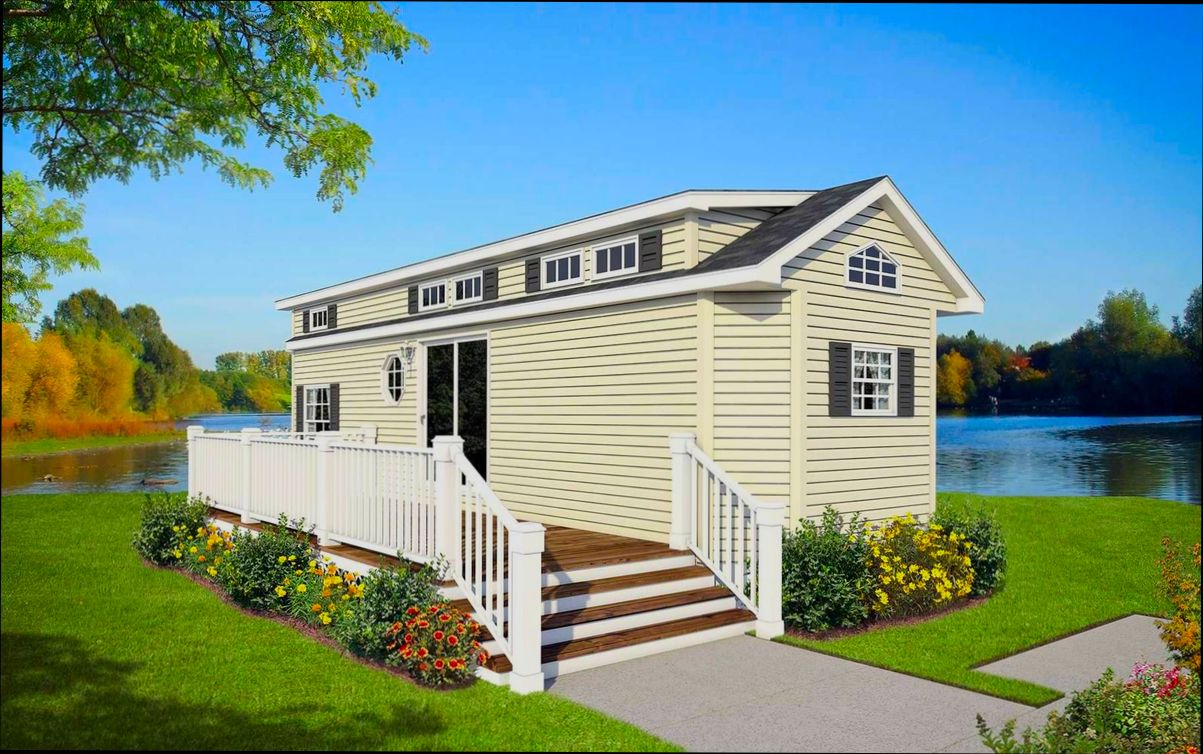
Regulatory Framework Governing Park Homes
Navigating the world of park homes involves understanding the regulatory framework that protects residents and sets out clear guidelines for park owners. This section delves into the essential laws and regulations, ensuring residents feel secure and informed in their living situations.
Legal Framework Overview
The regulation of park homes in the UK stems from key pieces of legislation, primarily the Mobile Homes Act 1983 and the Mobile Homes Act 2013. These acts collectively ensure residents enjoy a range of rights and protections, fostering a fair living environment.
Key regulations include:
- Right to Quiet Enjoyment: Residents have a legal right to enjoy their homes without undue interference.
- Protection Against Unfair Eviction: A resident cannot be evicted without the park owner following due legal process.
- Selling or Gifting Homes: Residents have the right to sell or gift their homes with certain conditions regarding informing the park owner.
- Challenging Unfair Fees: Residents can contest fees deemed excessive, ensuring transparency in charges.
Responsibilities of Park Owners
Park owners have clear duties that contribute to a harmonious living environment. These responsibilities include:
- Compliance with Health and Safety Regulations: Ensuring the park meets all necessary health and safety standards is crucial.
- Maintenance of Infrastructure: Park owners must maintain essential facilities such as roads and drainage systems.
- Provision of Amenities: A park must have adequate amenities for residents, enhancing their living experience.
Detailed Agreement Conditions
Understanding your agreement with the park owner is vital. Many aspects can significantly affect how you live in your home:
- Duration of the Agreement: The length of your residency agreement should be clearly defined.
- Maintenance Responsibilities: It must clarify who is responsible for repairs.
- Site Rules: Each park has its own set of rules regarding pets, visitors, and communal areas. Familiarizing yourself with these is crucial.
| Aspect | Description |
|---|---|
| Pitch Fees | Regular payments made for using the space where your home sits. |
| Service Charges | Fees covering park owner-provided services, like maintenance of communal areas and utilities. |
| Sale Procedures | Steps for selling include notifying the park owner, ensuring the buyer meets site requirements, and handling paperwork. |
Real-world Examples
Consider Riverton Park, which offers a diverse community for older adults. The park owner ensures compliance with regulatory standards, providing essential services and amenities like a community center and garden areas. Residents can easily communicate any issues regarding unfair fees directly to local authorities, who can then enforce regulations.
Another example is Greenfield Grove, where residents recently challenged a fee increase. They successfully used their rights under the Mobile Homes Act 2013, demonstrating the empowerment that comes with understanding the regulatory framework.
Practical Implications for Residents
For you as a resident, being knowledgeable about your rights enhances your living experience in park homes. Always keep key documents related to your pitch agreement and site rules handy. If you feel your rights are being infringed upon, don’t hesitate to contact your local authority for support.
Additionally, when considering selling your home, make sure you follow the procedures outlined in your agreement. Inform the park owner, advertise the home, and ensure any potential buyers meet the site’s criteria.
Understanding these regulations is essential for living peacefully in park homes. With secure rights and responsibilities, you can feel confident knowing your home is protected under UK law.
